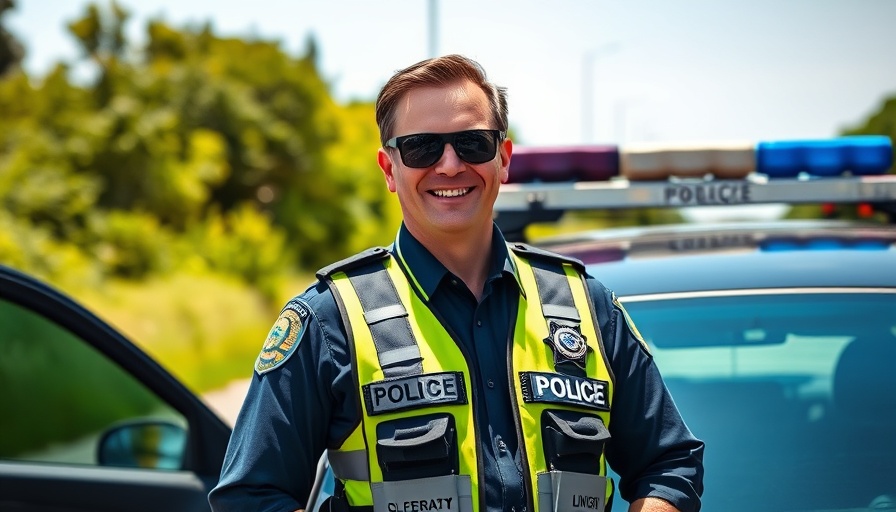
A Journey Filled with Twists and Turns: The Path to Policing
Mark Cuban once said, “Don’t follow your passions, follow your effort.” This perspective resonates strongly with Casey L. Seaton as he recounts his unconventional journey into policing. Instead of a straightforward path, Seaton's experience was paved with detours, contradictions, and self-discovery, ultimately leading him to a career dedicated to public service.
From Law to Law Enforcement: A Surprising Transition
Before venturing into the realm of law enforcement, Seaton was an attorney in downtown Indianapolis. His initial foray into law was not marked by enthusiasm; rather, it was a realization of discontent within the legal profession. While assisting clients over the phone, he often provided them with do-it-yourself legal advice, inadvertently aiding them in self-sufficiency. This experience would later influence his approach as a patrol officer, particularly in crisis management situations.
Overcoming Personal Challenges: Building Resilience
Seaton’s journey took a pivotal turn when he was faced with the collapse of his marriage, forcing him to navigate through personal struggles. It was during this tumultuous period that he learned the importance of open communication and collaboration—skills that would later prove invaluable in community policing efforts. His background in law, coupled with the insights gained from his personal challenges, prepared him for the complexities of law enforcement—where understanding human behavior is integral to crisis response management.
Finding Purpose in Service: The Shift to Police Training
Following his work with a nonprofit organization dedicated to community improvement, Seaton began preparing for the police academy with aspirations of becoming a conservation officer. However, after facing rejection from the Indiana Department of Natural Resources, he remained undeterred. Instead, this setback fueled his desire to serve in law enforcement more broadly, aligning with innovative policing strategies that focus on community trust and engagement.
The Emotional Toll of Law Enforcement: Supporting Officer Wellness
As Seaton reflects on his experiences, he emphasizes the importance of officer wellness programs within policing. The emotional and psychological challenges faced by officers today are profound, and initiatives aimed at building mental resilience and ensuring officer safety are crucial for long-term effectiveness in community service. Understanding the risk factors associated with police work not only fosters a healthier workforce but also enhances community trust—an essential component in successful law enforcement.
Community Engagement: The Heart of Modern Policing
Seaton’s narrative is not just a story of an individual’s journey into policing; it reflects the broader movement towards community engagement in law enforcement. By fostering connections between officers and the neighborhoods they serve, police departments can implement proactive crime prevention strategies that resonate with community members. Public engagement not only builds trust but also empowers citizens to participate in their own safety initiatives.
Lessons Learned: A Call for Innovative Training Approaches
Ultimately, Seaton's winding road serves as a compelling illustration for police departments and policymakers alike. His story underscores the need for reforms in police recruitment and training programs that are adaptive and reflective of modern policing challenges. Leadership training, technological integration, and transparency efforts can form the foundation of a law enforcement culture that prioritizes both officer and community welfare.
As we consider the evolution of policing in light of Seaton's experiences, it becomes evident that investing in advanced policing technologies and community outreach strategies is not merely beneficial; it is essential for creating a safer, more equitable society.
To further explore how to implement innovative policing approaches and enhance community trust, we encourage police departments and policymakers to consider ongoing education and collaboration within their communities. It’s time to engage in dialogues that pave the way for progressive law enforcement strategies, ultimately guiding us toward a future where safety and trust go hand in hand.
 Add Row
Add Row  Add
Add 

 Add Element
Add Element 


Write A Comment